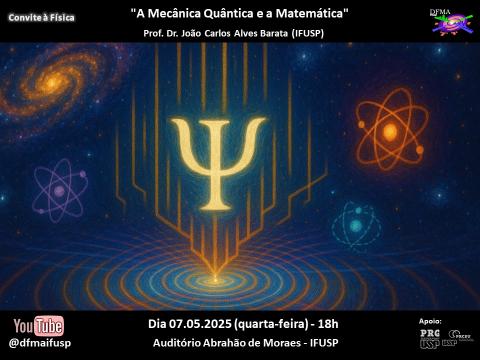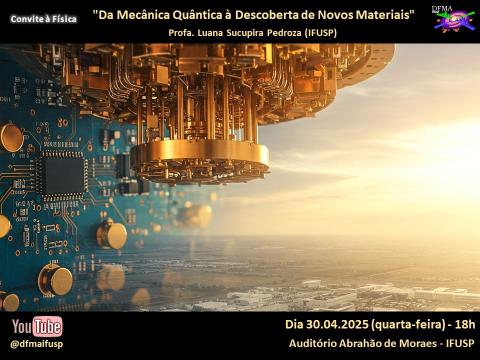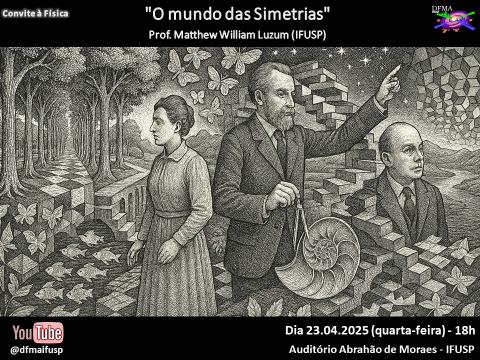A Mecânica Quântica e a Matemática






Abstract: I review the state of the art of modern approaches to gravitational wave physics that leverage ideas and tools from scattering amplitudes and quantum field theory to tackle the gravitational binary problem in (classical) general relativity.